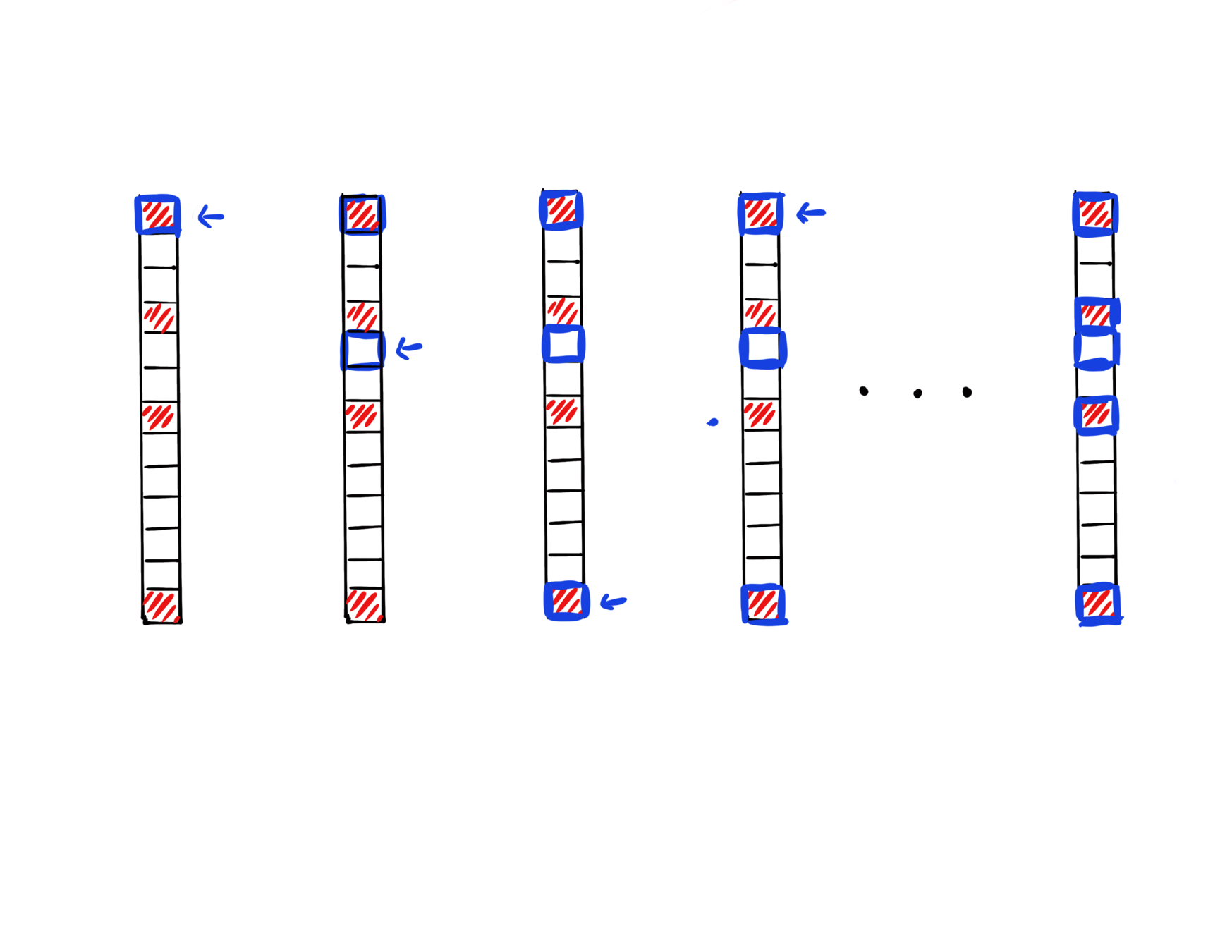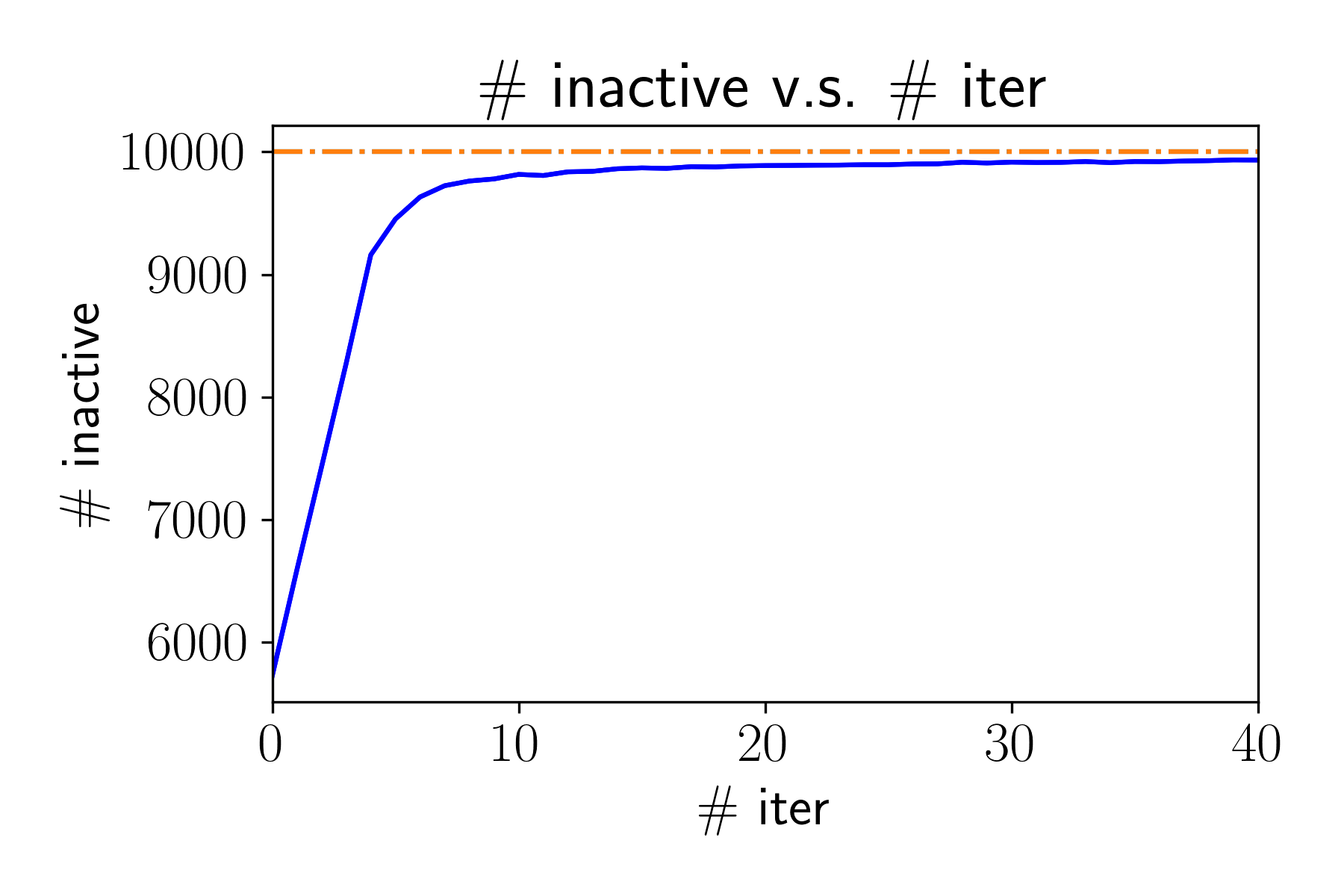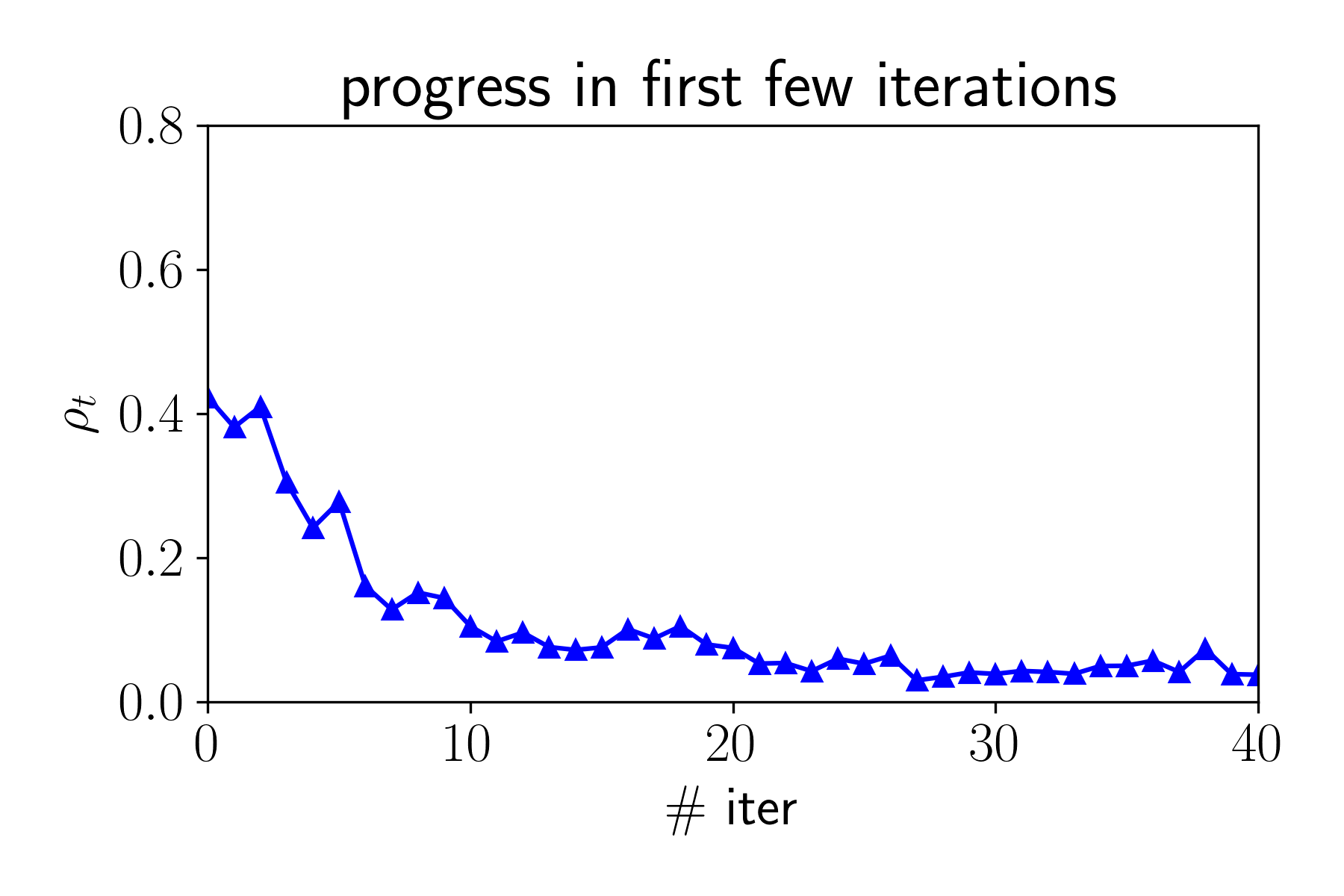First-order methods for structured optimization
Huang Fang, Department of Computer Science
Supervisor: Michael P. Friedlander

October 13th, 2021
- Optimization is everywhere: machine learning, operation research, data mining, theoretical computer science, etc.
- First-order methods:
- Why first-order methods?
Background and motivation

The literature
- Gradient descent can be traced back to Cauchy's work in1847.
- It is gaining increasing interest in the past 3 decades due to its empirical success.
- Fundamental works have been done by pioneering researchers (Bertsekas, Nesterov, etc.).
- There are still gaps between theory and practice.
- Coordinate optimization
- Mrrior descent
- Stochastic subgradient method
Coordinate Optimization
Coordinate Descent
For
- Select coordinate
- Update
Different coordinate selection rules:
- Random selection:
- Cyclic selection:
- Random permuted cyclic (the matrix AMGM inequality conjecture is false [LL20, S20])
- Greedy selection (Gauss-Southwell)
GCD for Sparse Optimization
regularizer
- One-norm regularization or nonnegative constraint can promote a sparse solution.
- When initailzed at zero, greedy CD is observed to have an implicit screening ability to select variables that are nonzero at solution.

Iter 1
Iter 2
Iter 3
Iter 4
Iter
data fitting
GCD for Sparse Optimization
[FFSF, AISTATS'20]
We provide a theoretical characterization of GCD's screening ability:
- GCD converges fast in first few iterations.
- The iterate is "close" the to solution when the iterate is still sparse, and sparsity pattern will not further expand anymore.
for
From coordinate to atom
Learning a sparse representation of an atomic set :
such that
- sparse vector:
- Low-rank matrix:
Our contribution: how to identify the atoms with nonzero coefficients at solution during the optimization process.
[FFF21] Submitted
Online Mirror Descent
Online Convex Optimization
Play a game for rounds, for
- Propose a point
- Suffer loss
The goal of online learning algorithm: obtain sublinear regret
player's loss
competitor's loss
Mirror Descent (MD) and Dual Averaging (DA)
- MD and DA are parameterized by mirror map, they have advantages over the vanilla projected subgradient method.
- When is known in advance or , both MD and DA guarantee regret
- When is unknown in advance and , then MD has rate while DA still guarantees regret.
Our contribution: fix the divergence issue of MD and obtain
regret.
OMD Algorithm
[FHPF, ICML'20]
Primal
Dual
Bregman projection
Figure accredited to Victor Portella
Stabilized OMD
[FHPF, ICML'20]
Primal
Dual
Bregman projection
}
With stabilization, OMD can obtain regret.
(Stochastic) Subgradient Method
Smooth v.s. Nonsmooth Minimization
- Consider minimizing a convex function
- The iteration complexity of gradient descent (GD) and subgradient descent (subGD) for smooth and nonsmooth objectives:
- when is smooth:
- when is nonsmooth:


smooth
nonsmooth
The empirical observation
Some discrepancies between theory and practice:
- Nonsmoothness from the model does not slow down our training in practice.
- The learning rate schedule can yield optimal iteration complexity but seldom used in practice.


Filling the gap
Our assumption:
- The objective satisfy certain structure:
where is a nonnegative, , convex, 1-smooth loss function, 's are Lipschitz continuous.
- The interpolation condition: there exist such that
We prove
[FFF, ICLR'21]
- Convex objective:
- Strongly convex objective:
Optimal
- The above rates match the rate of SGD for smooth objectives.
Acknowledgment







Advisor
Committee Members
Collaborators


University Examiners

External Reviewer
Thank you! Questions?
Backup slides
Backup slides for CD
GCD for Sparse Optimization
The GS-s rule:
The GS-r rule:
The GS-q rule:
Sparsity measure
where .
A key property:
The definition of
Norm inequality:
Sparsity measure


Matrix AMGM inequality
for all PSD matrix
The matrix AMGM inequality conjecture is false [LL20, S20])
Atom identification
where is the support function.
The primal-dual relationship:
This allows us to do screening base on dual variable:
Backup slides for OMD
Basics
Bregman divergence
Properties of mirror map
- is nonempty,
- is differentiable on , and
- , where is the boundary of , i.e.,
Examples:
Backup slides for SGD
Basics
| smooth | nonsmooth | smooth+IC | nonsmooth + IC | |
|---|---|---|---|---|
| convex | ||||
| strong cvx |
Semi-smooth properties
Assume , is -Lipschitz continuous and is nonnegative, convex, 1-smooth, minimum at 0, 1-dimensional function. Then
(the generalized growth condition)
Extension
High probability error bound
Conjecture: variance reduced SGD (SAG, SVRG, SAGA) + generalized Freedman inequality
Simple proof of exponential tail bound
thesis
By Fang Huang
thesis
Slides for my oral defense
- 952
